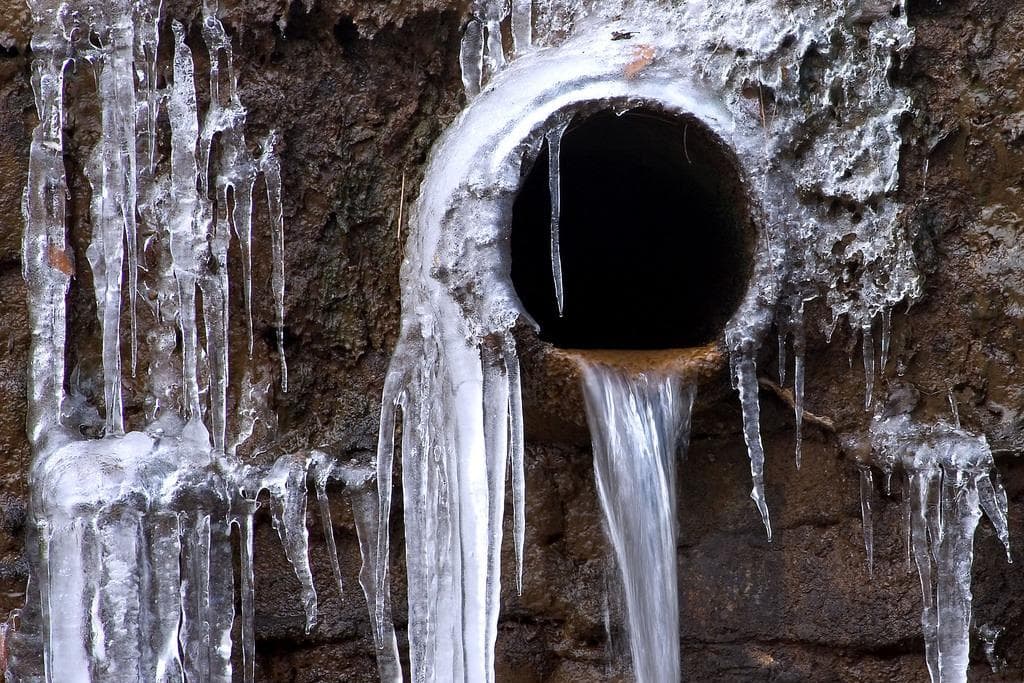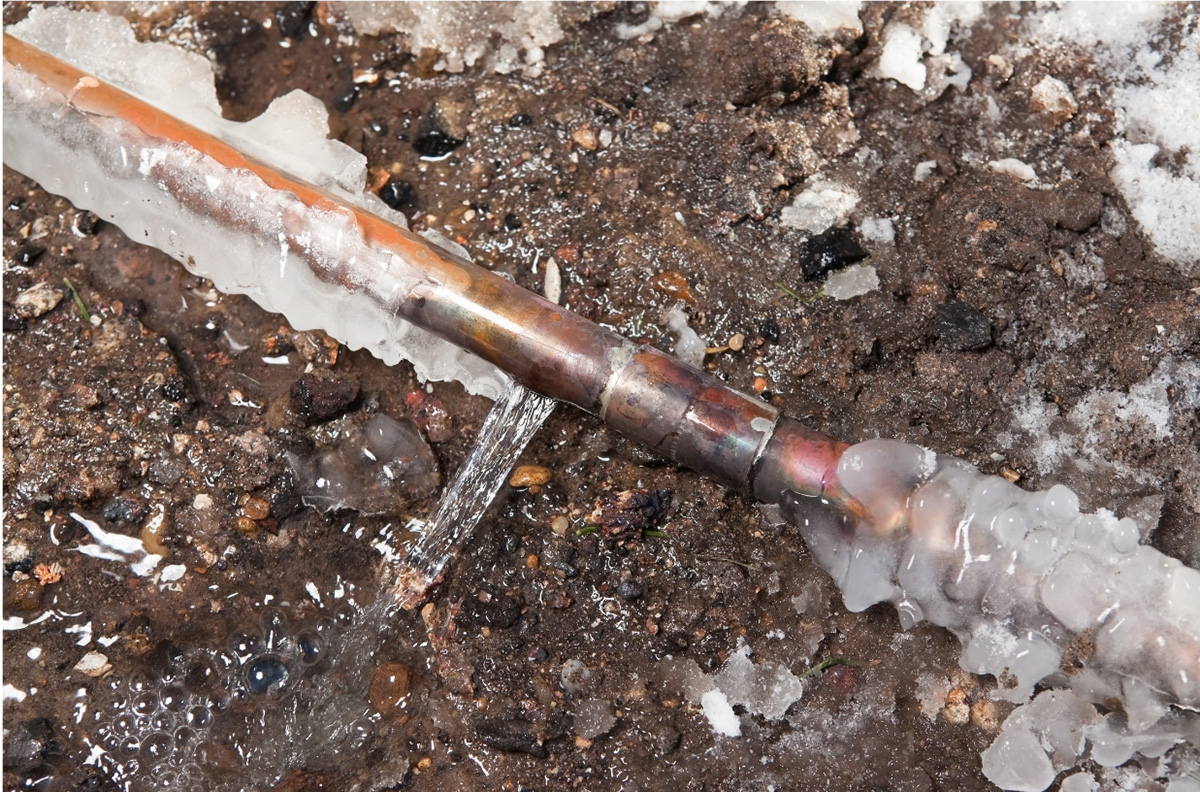Prevent Frozen Pipes in Winter: Pro Tips
PhoneThey are making a number of good pointers relating to Preventing and dealing with frozen pipes overall in this great article followed below.

Cold weather can wreak havoc on your pipes, specifically by freezing pipes. Here's just how to stop it from occurring and what to do if it does.
Introduction
As temperature levels decrease, the risk of icy pipes boosts, possibly bring about costly repairs and water damage. Understanding exactly how to avoid frozen pipes is essential for property owners in cold environments.
Comprehending Frozen Pipes
What creates pipes to ice up?
Pipes ice up when subjected to temperatures listed below 32 ° F (0 ° C) for expanded periods. As water inside the pipes ices up, it expands, taxing the pipe wall surfaces and possibly creating them to rupture.
Risks and damages
Frozen pipes can bring about water disruptions, home damages, and costly repair services. Burst pipes can flood homes and trigger extensive architectural damages.
Signs of Frozen Pipeline
Recognizing frozen pipes early can avoid them from rupturing.
Just how to identify frozen pipes
Search for decreased water flow from faucets, unusual odors or noises from pipes, and visible frost on exposed pipes.
Prevention Tips
Protecting susceptible pipes
Wrap pipes in insulation sleeves or use heat tape to safeguard them from freezing temperatures. Concentrate on pipelines in unheated or outside areas of the home.
Home heating techniques
Maintain indoor spaces properly heated, specifically areas with pipes. Open closet doors to enable warm air to distribute around pipelines under sinks.
Protecting Outside Plumbing
Yard tubes and outside faucets
Separate and drain garden pipes before winter months. Set up frost-proof spigots or cover outside faucets with protected caps.
What to Do If Your Pipelines Freeze
Immediate activities to take
If you suspect frozen pipes, maintain faucets open up to ease pressure as the ice thaws. Utilize a hairdryer or towels taken in hot water to thaw pipes gradually.
Long-Term Solutions
Architectural modifications
Take into consideration rerouting pipelines away from exterior walls or unheated areas. Include added insulation to attic rooms, basements, and crawl spaces.
Upgrading insulation
Invest in top quality insulation for pipes, attic rooms, and walls. Proper insulation aids preserve constant temperatures and lowers the danger of frozen pipelines.
Conclusion
Protecting against frozen pipelines needs aggressive procedures and fast actions. By understanding the causes, indicators, and preventive measures, home owners can protect their plumbing throughout winter.
6 Proven Ways to Prevent Frozen Pipes and Protect Your Home
Disconnect and Drain Garden Hoses
Before winter arrives, start by disconnecting your garden hoses and draining any remaining water. Close the shut-off valves that supply outdoor hose bibs and leave the outdoor faucet open to allow any residual water to drain. For extra protection, consider using faucet covers throughout the colder months. It’s also important to drain water from any sprinkler supply lines following the manufacturer’s directions.
Insulate Exposed Pipes
Insulating your pipes is an effective way to prevent freezing. Pipe insulation is readily available at home improvement stores and is relatively inexpensive. Pay close attention to pipes in unheated areas such as the attic, basement, crawl spaces, or garage. Apply foam insulation generously to create a buffer against the cold. You can also wrap your pipes in heat tape or thermostat-controlled heat cables for added warmth.
Seal Air Leaks
Inspect your home for any cracks or openings that could let in cold air. Seal any holes around the piping in interior or exterior walls, as well as the sill plates where your home rests on its foundation. Additionally, make sure to keep your garage door closed unless you’re entering or exiting. Leaving it open creates a significant air leak that can lead to frozen pipes.
Allow Warm Air Circulation
During cold snaps, it’s essential to allow warm air to circulate evenly throughout your home. Leave interior doors ajar to promote better airflow. Open kitchen and bathroom cabinets to help distribute heat consistently around the rooms. If you have small children or pets, be sure to remove any household chemicals or potentially harmful cleaners from open cabinets for safety.
Let Faucets Drip
A small trickle of water can make a big difference in preventing ice formation inside your pipes. When temperatures drop significantly, start a drip of water from all faucets served by exposed pipes. This continuous flow helps prevent the water from freezing. Additionally, running a few faucets slightly can relieve pressure inside the pipes, reducing the chances of a rupture if the water inside does freeze.
https://choateshvac.com/6-proven-ways-to-prevent-frozen-pipes-and-protect-your-home/

Do you really like more info about Preventing and dealing with frozen pipes? Put feedback down the page. We would be pleased to see your opinion about this post. We hope that you come back again before long. Enjoyed our blog entry? Please quickly share it. Let someone else check it out. Many thanks for your time. Don't forget to check up our website back soon.
Get Quote